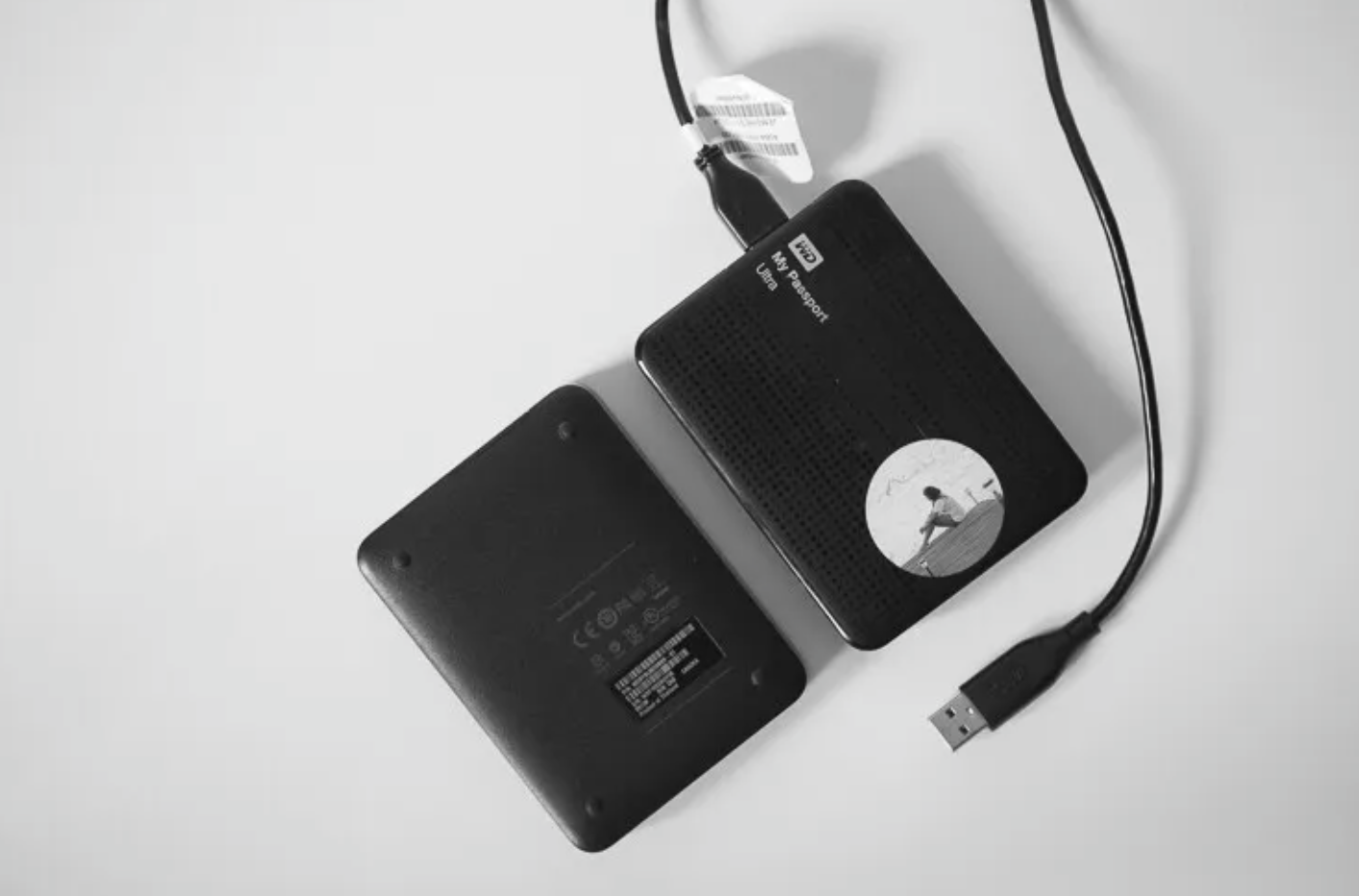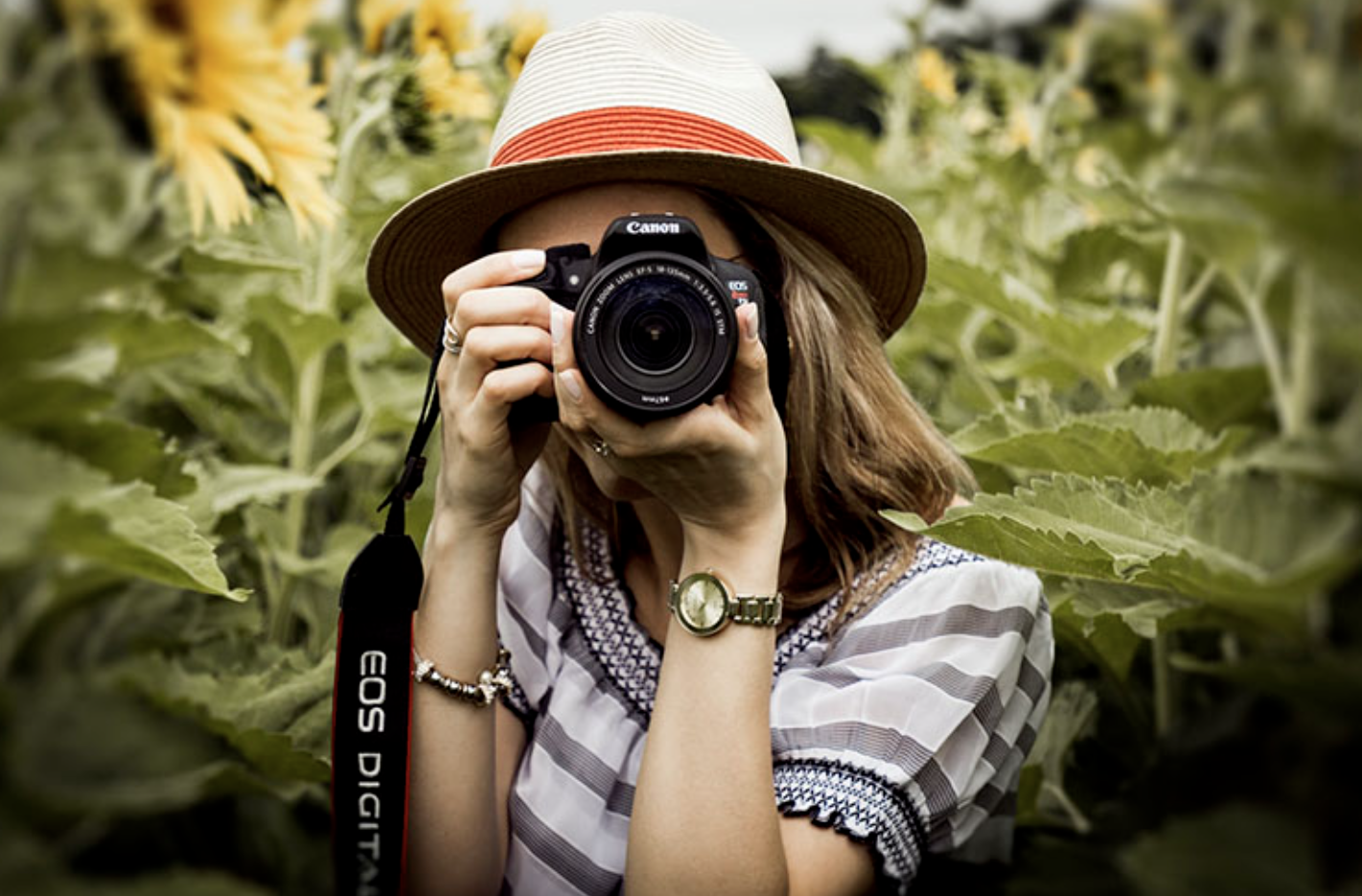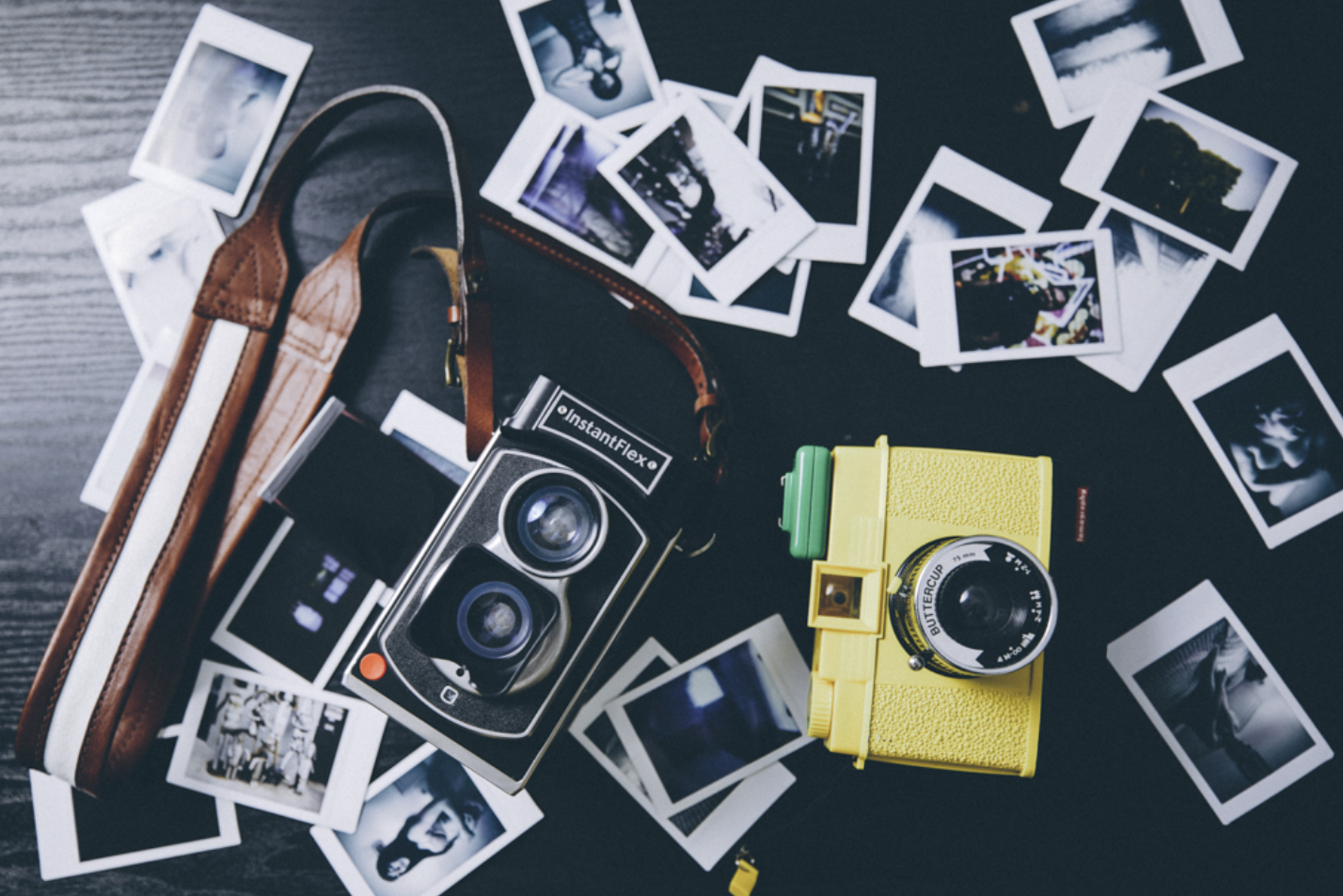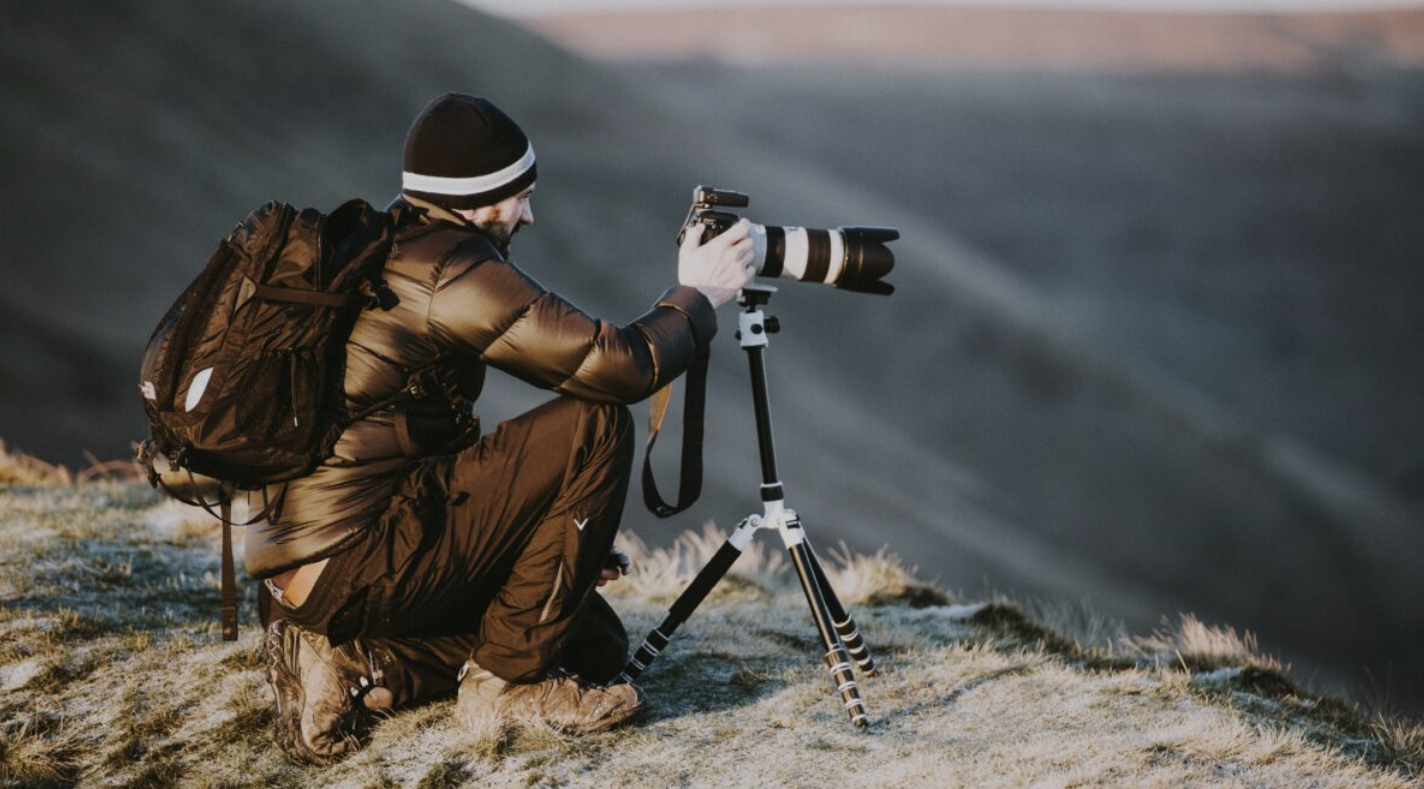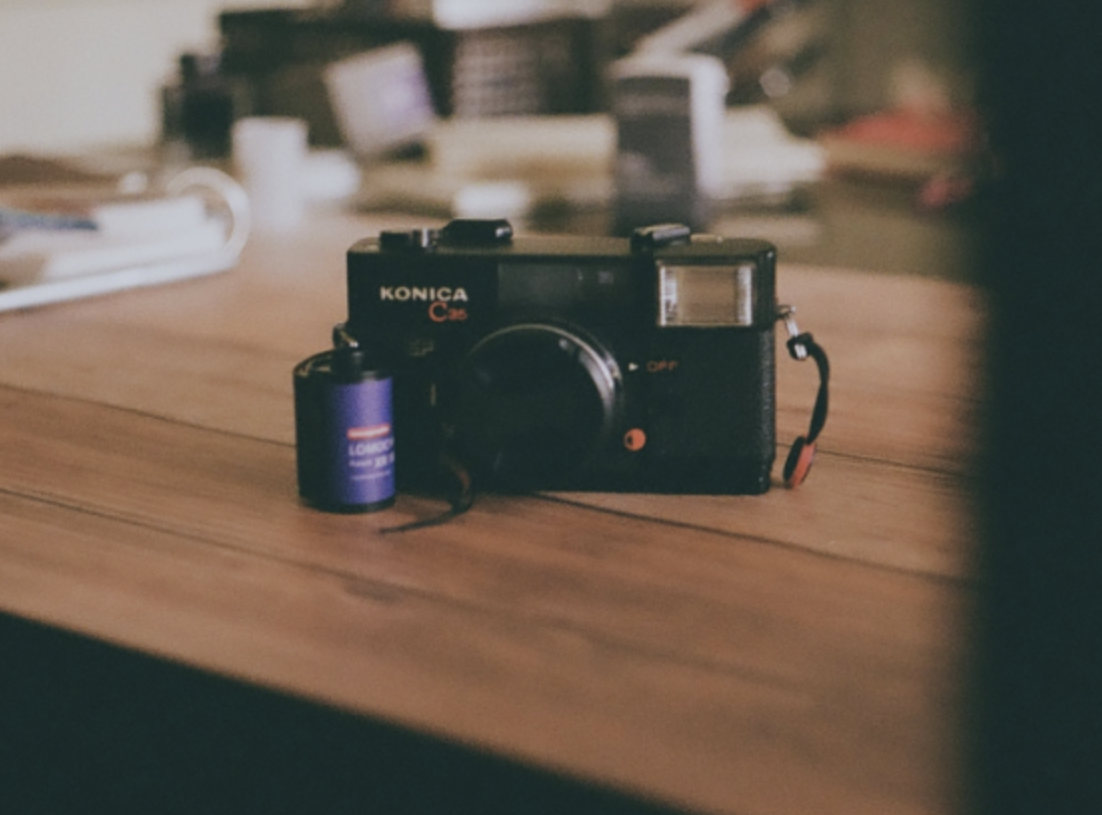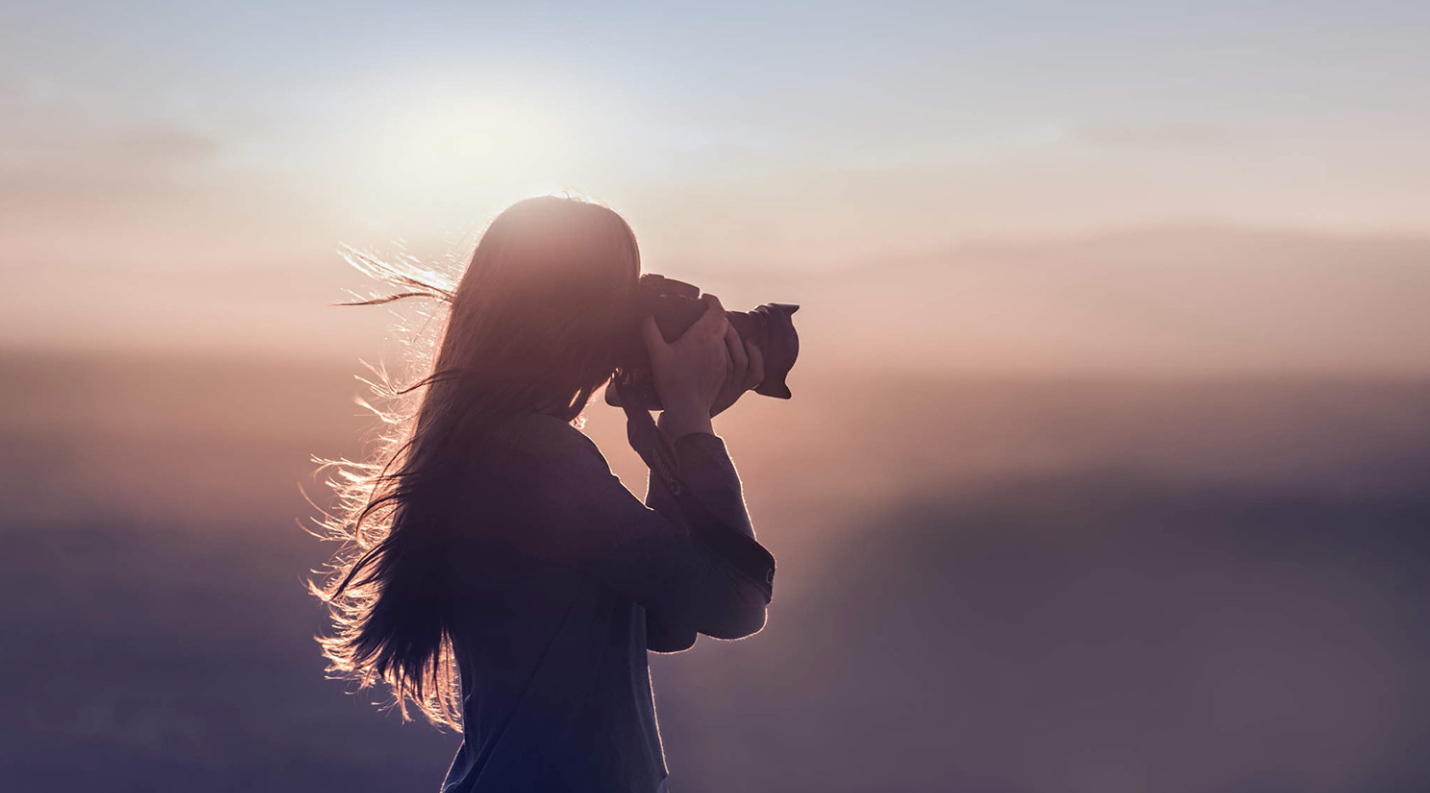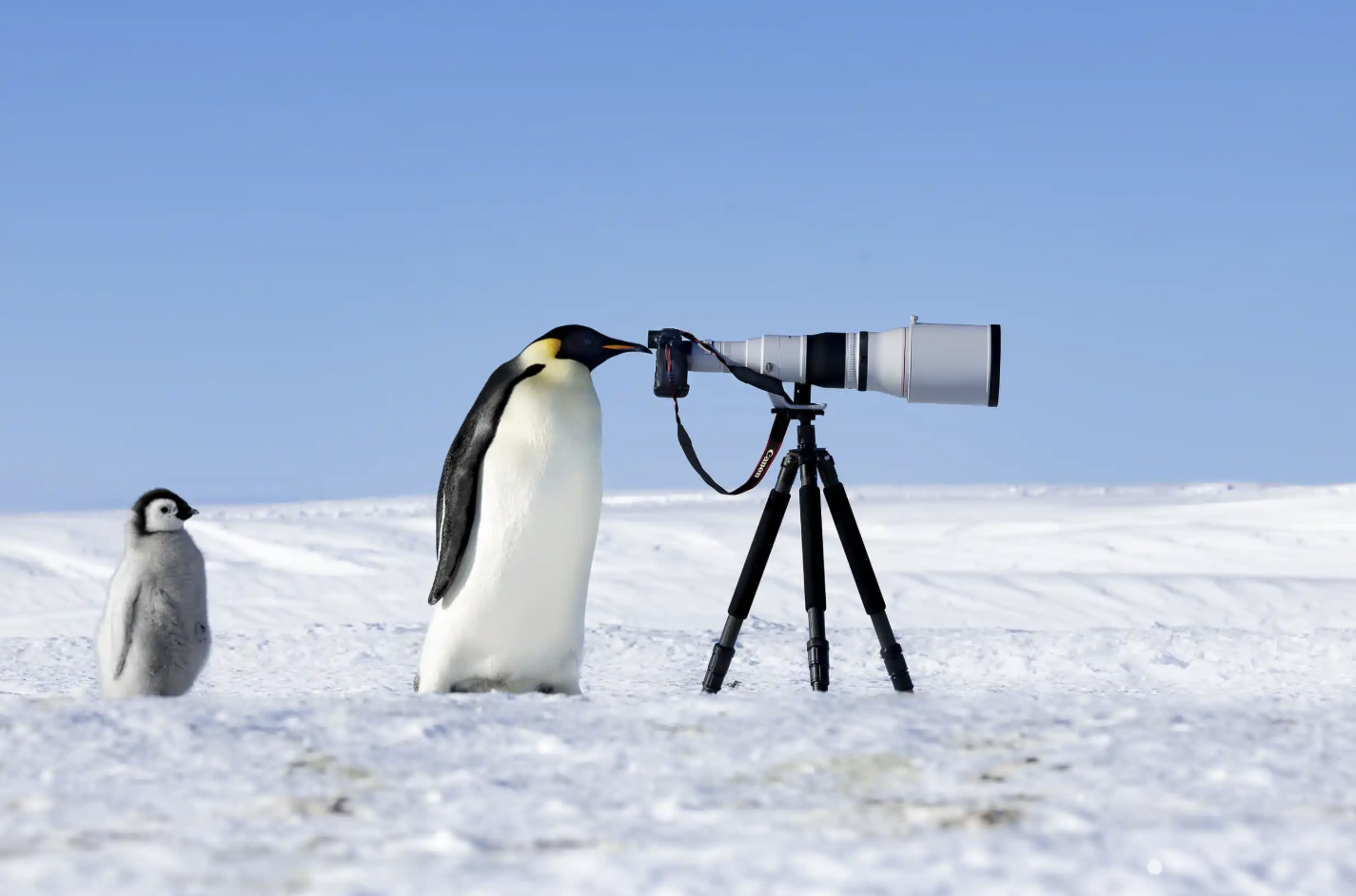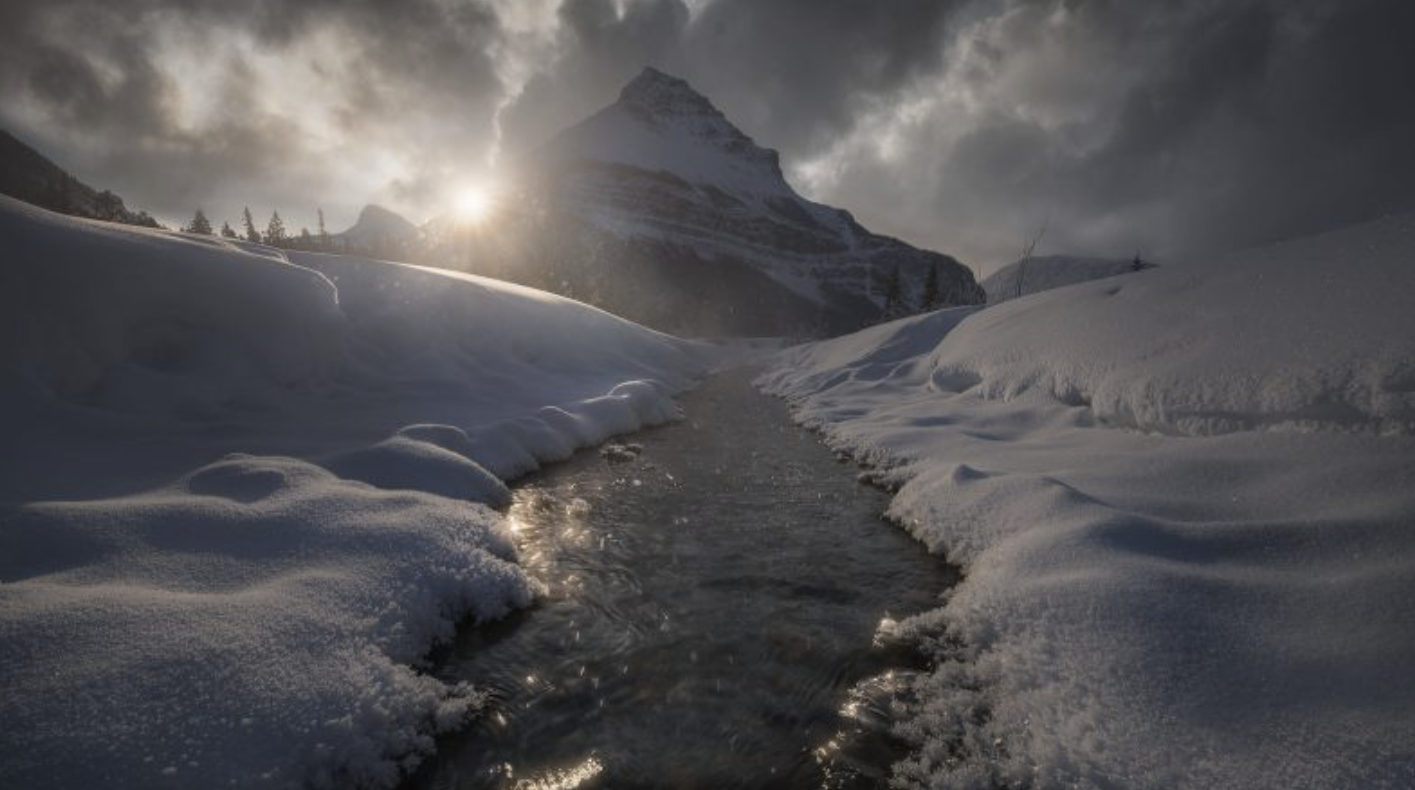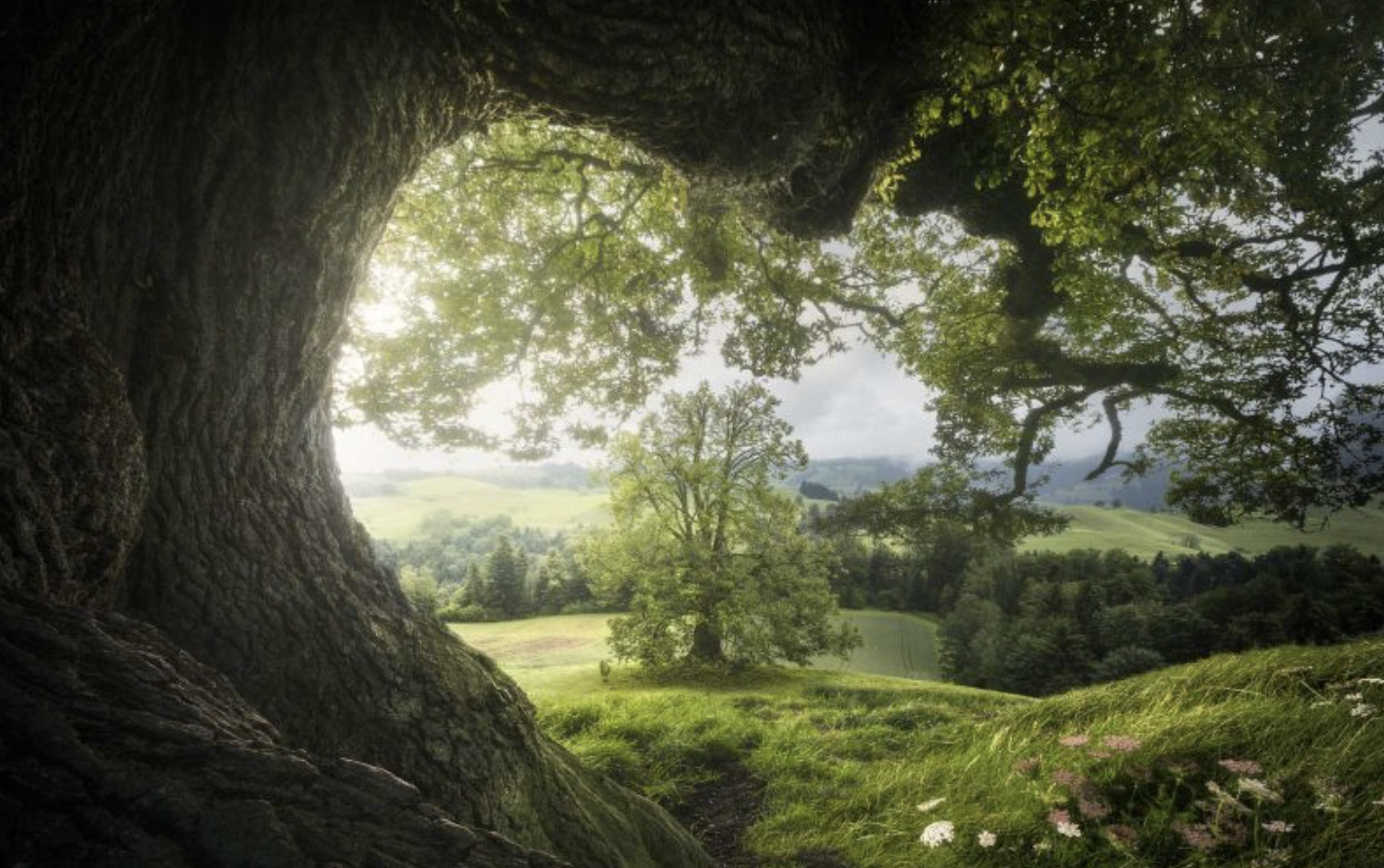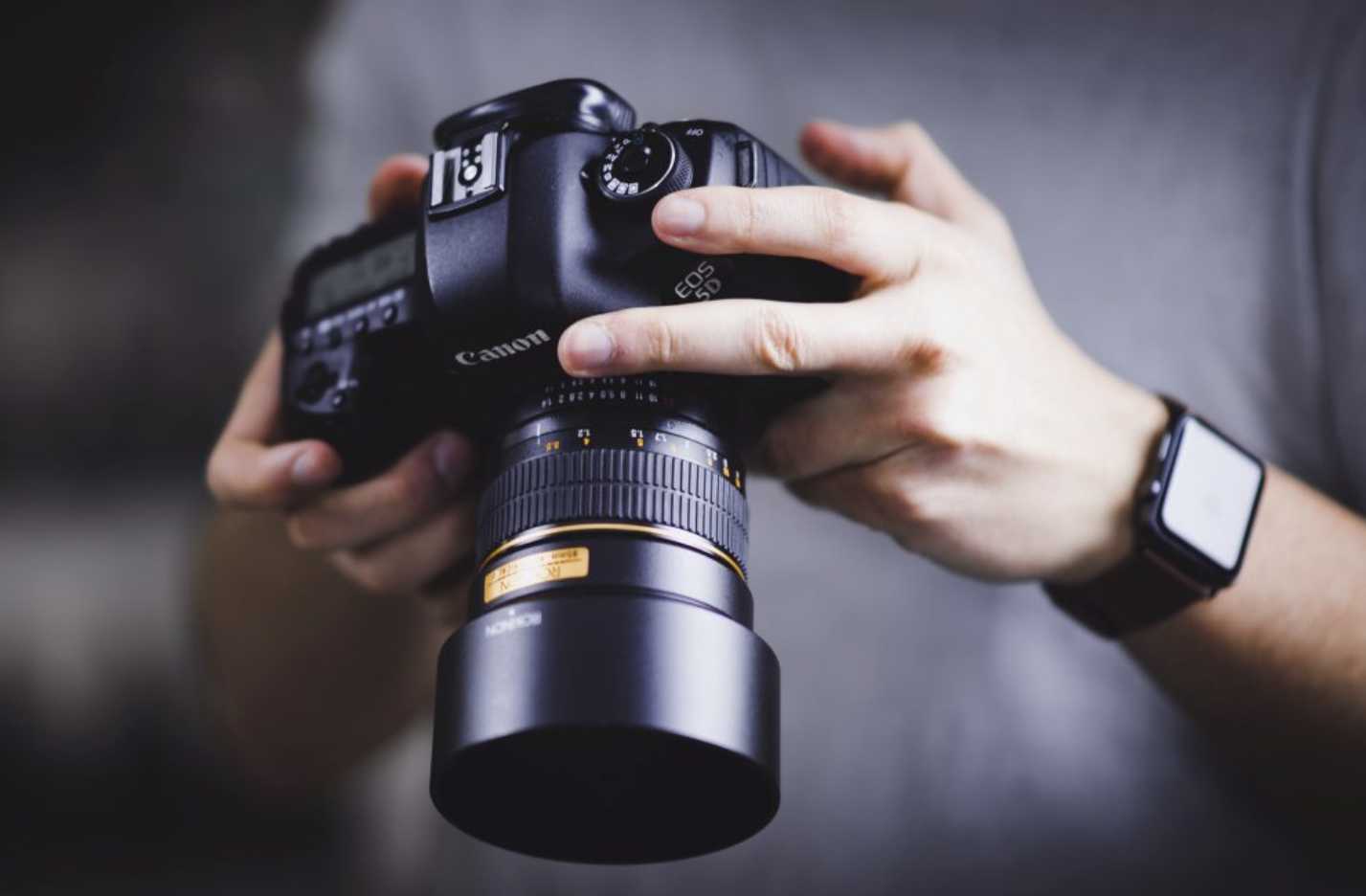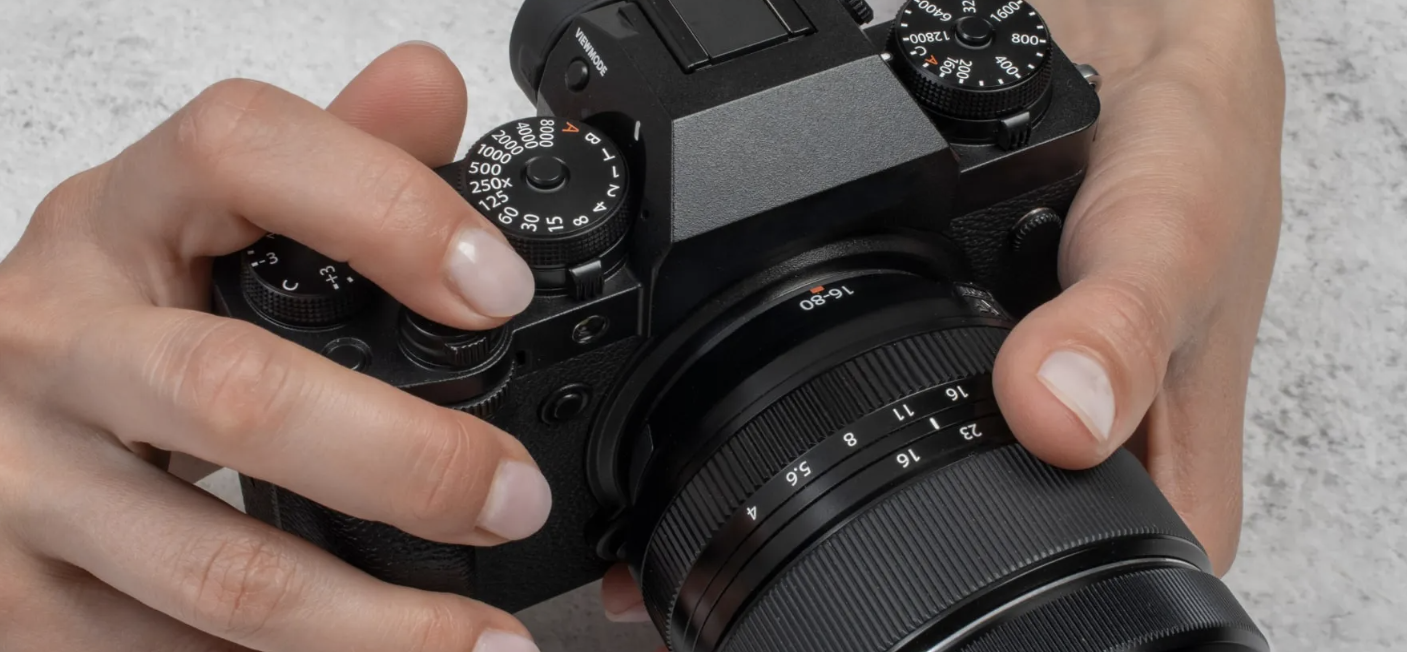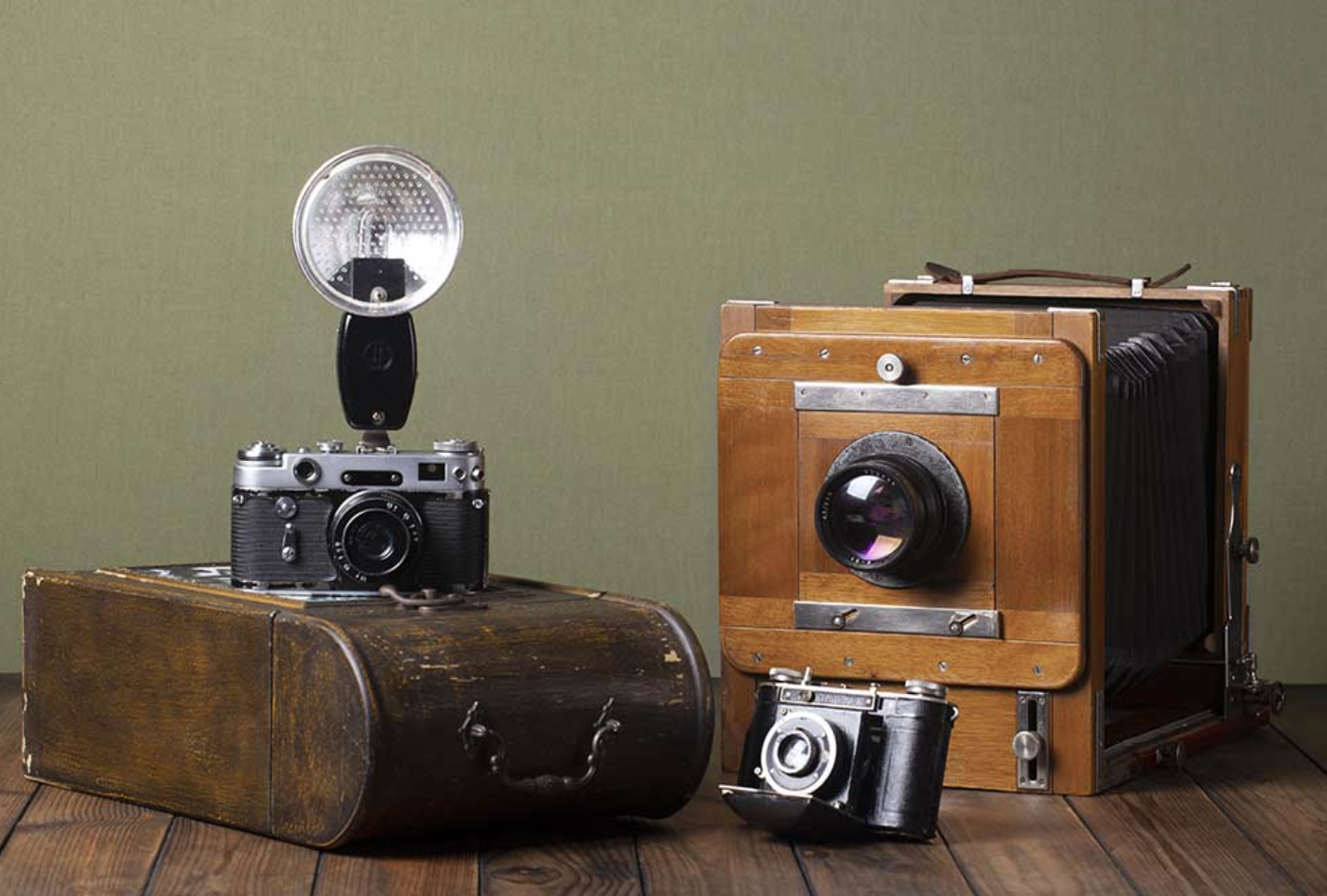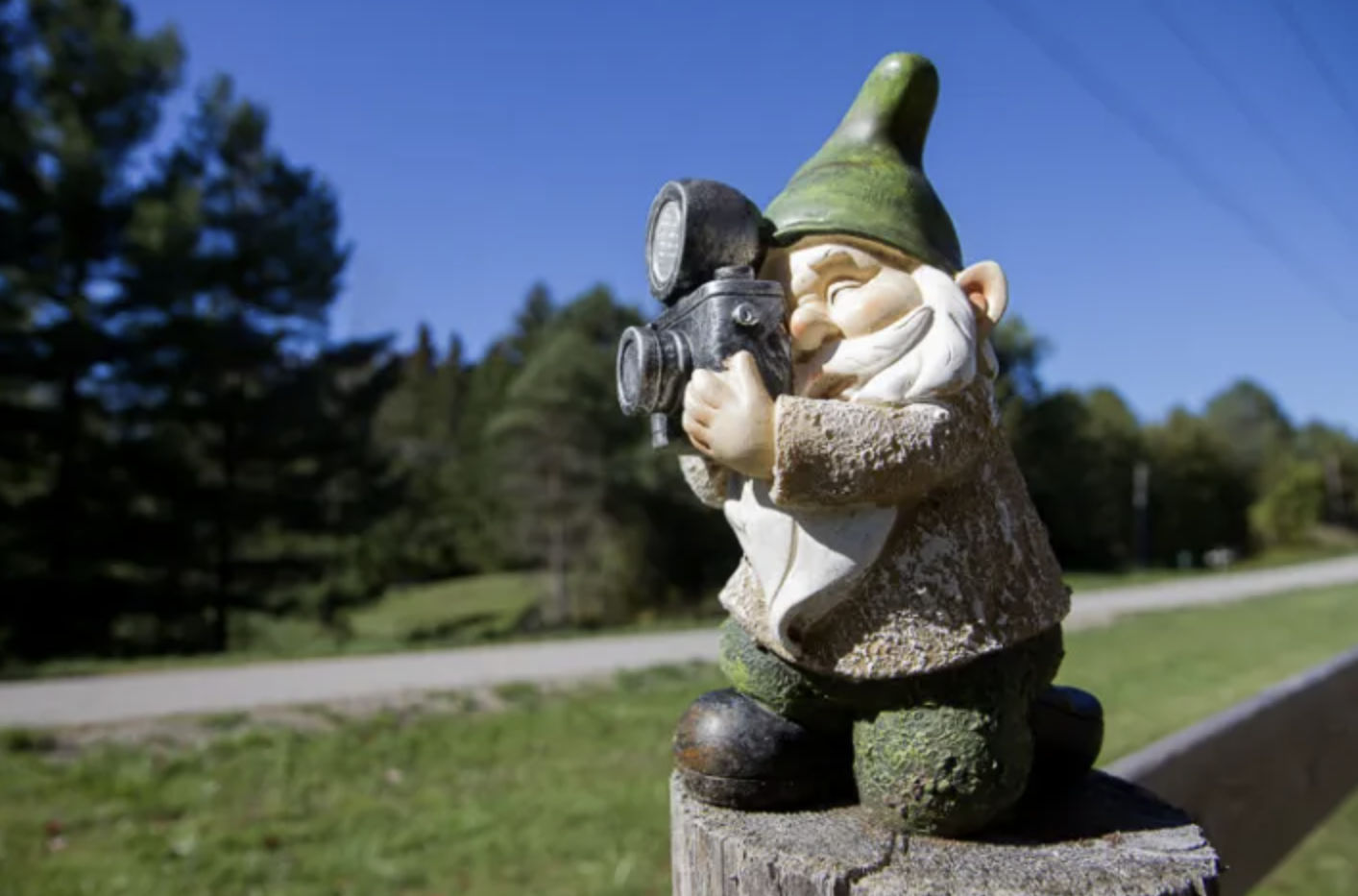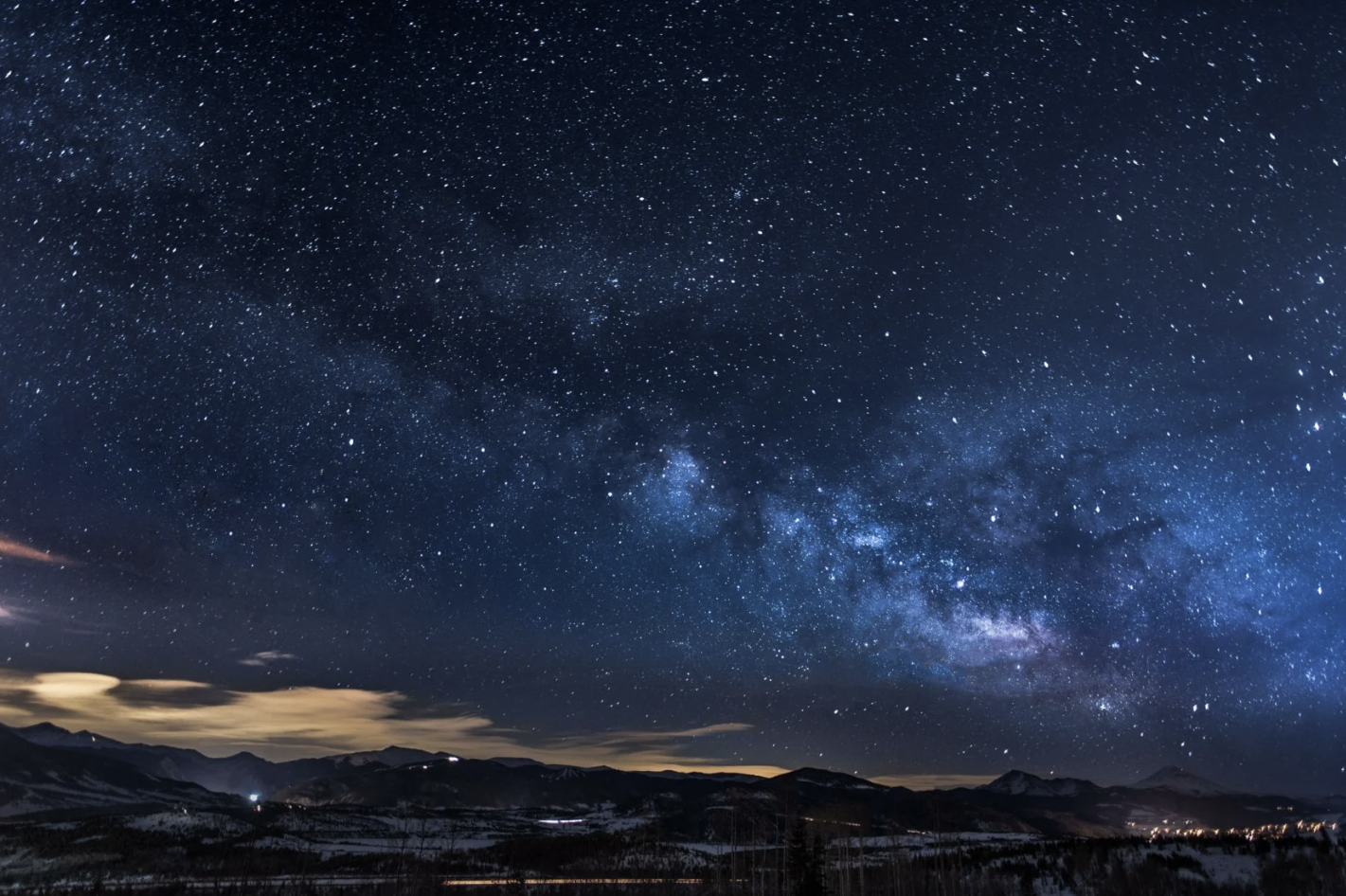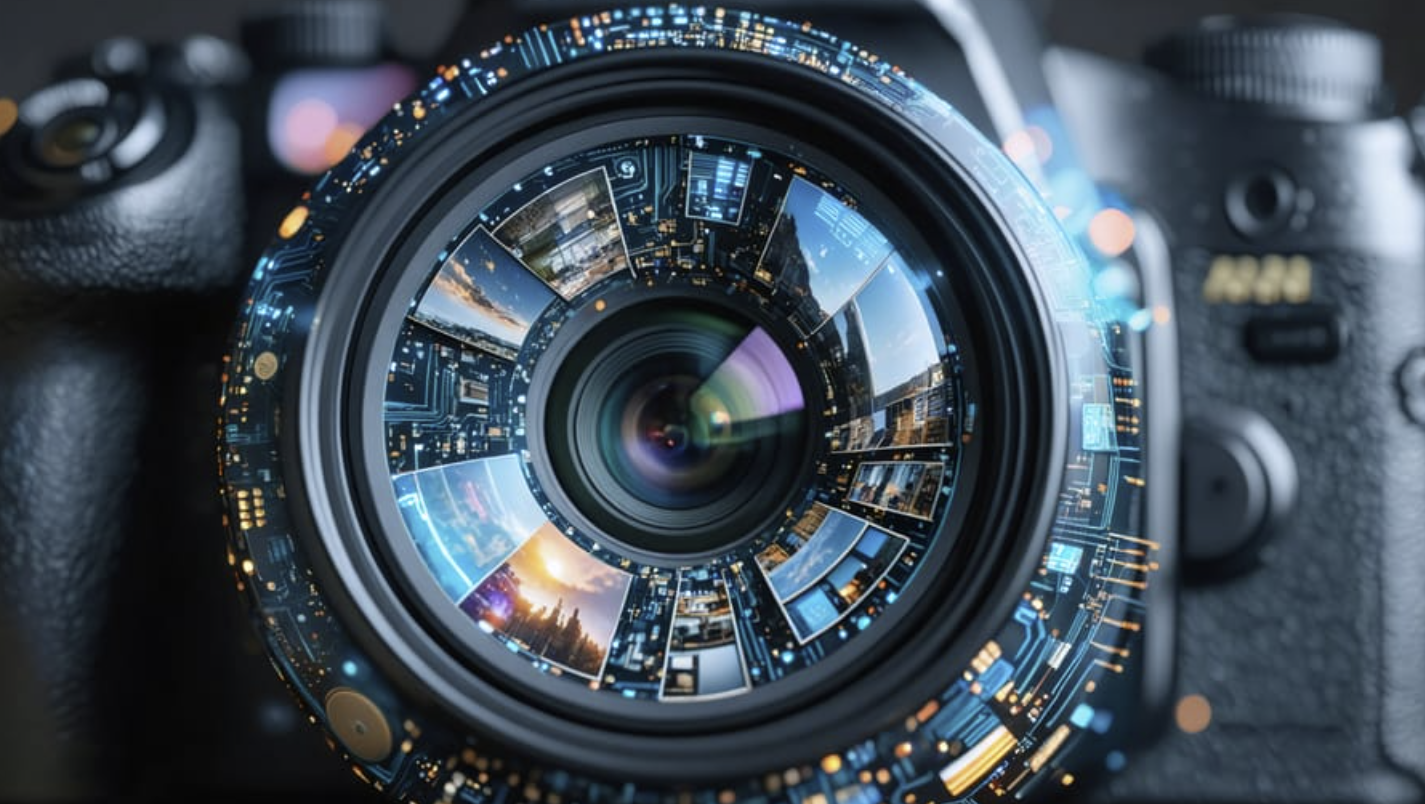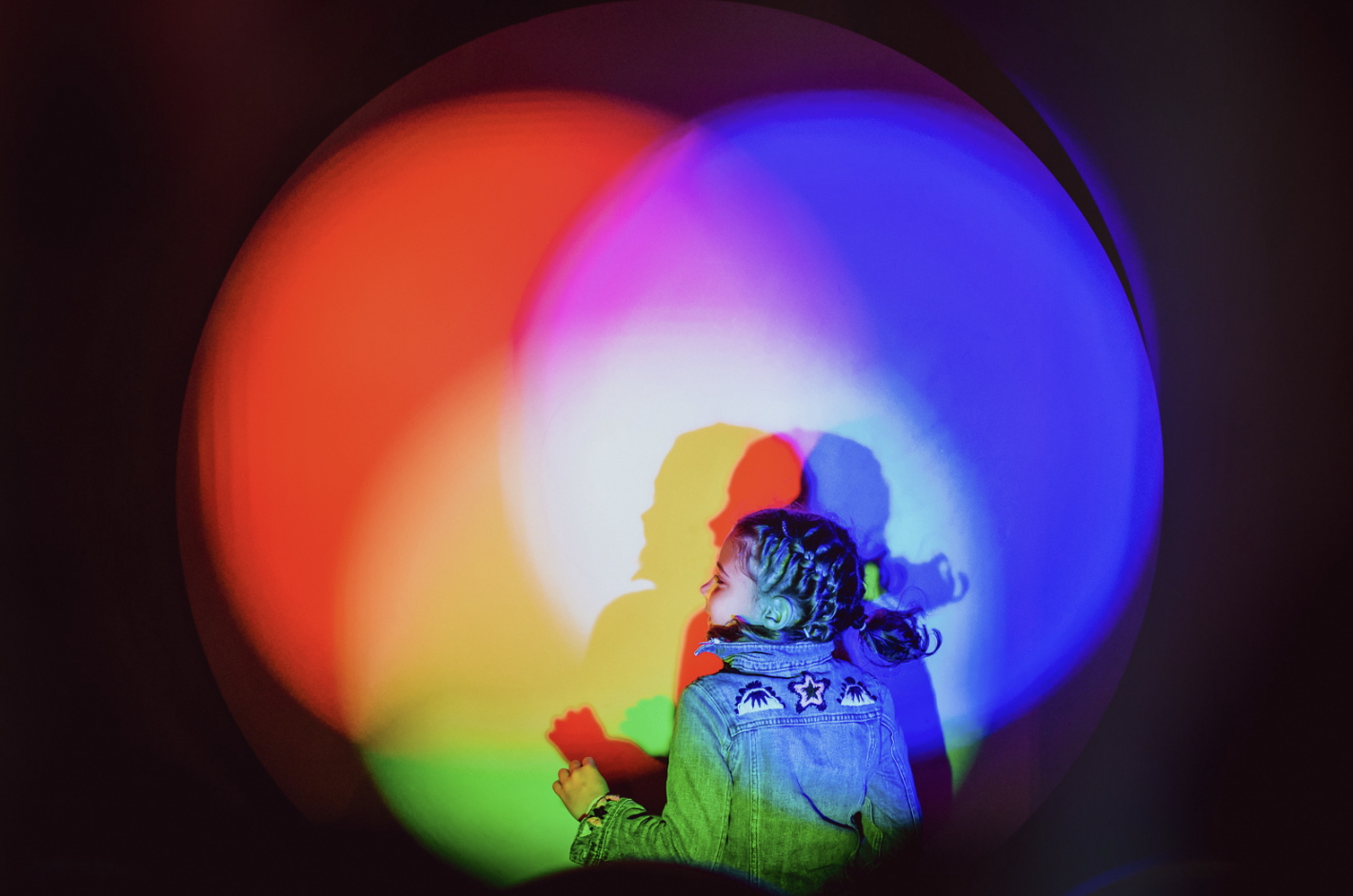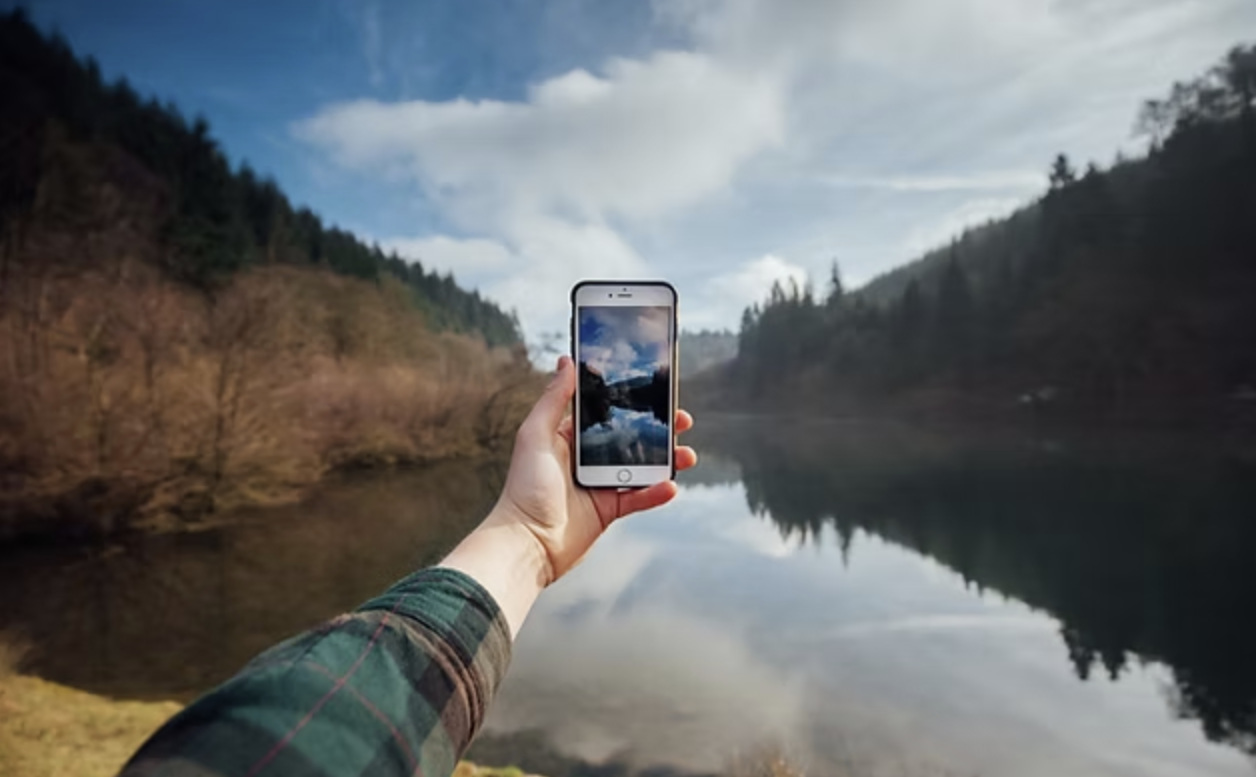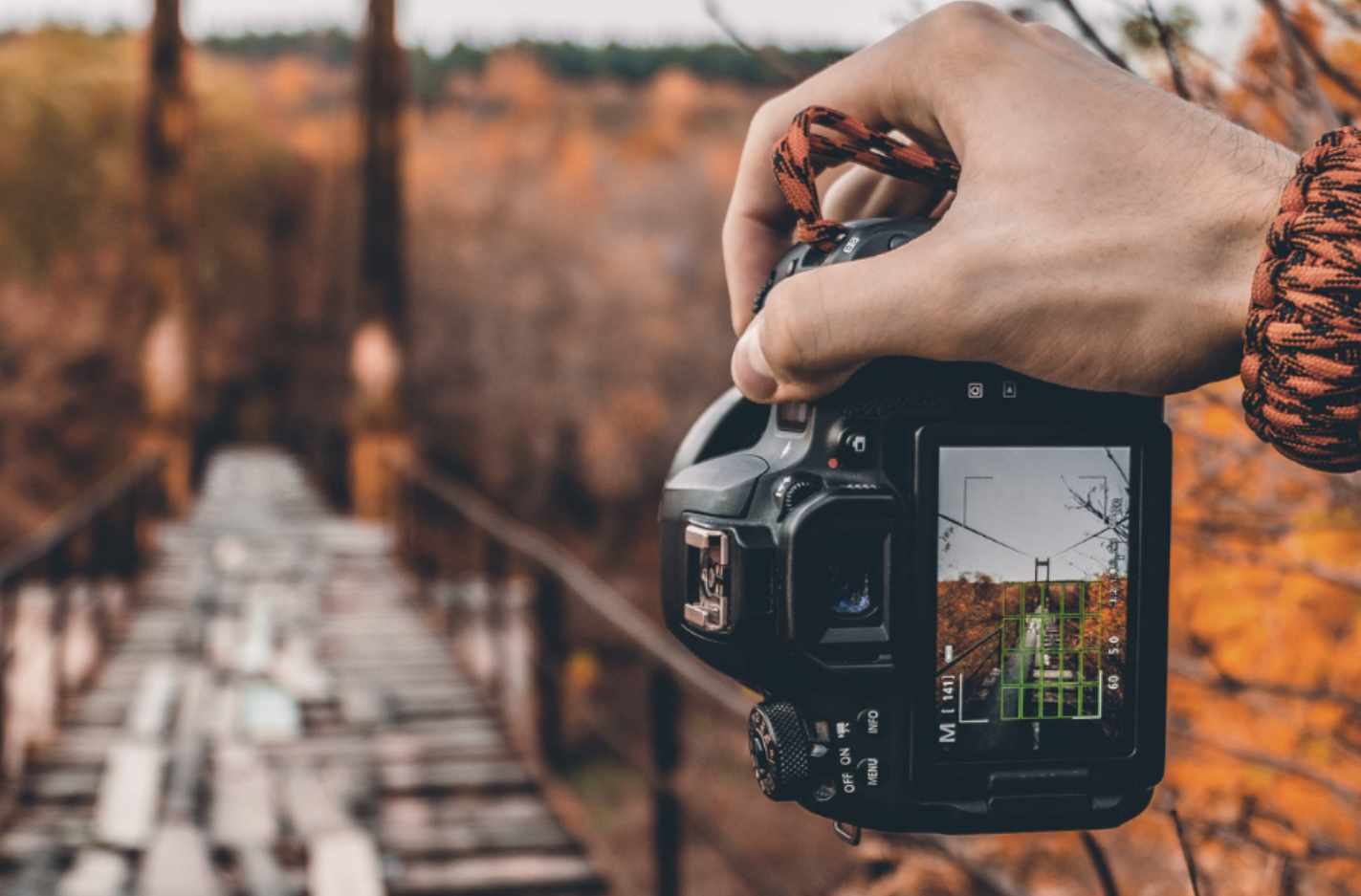
When we start out in photography, we often focus on capturing still moments. The instinct to avoid motion blur leads many beginners to shoot static subjects with the help of program modes or shutter priority settings, ensuring camera shake is minimized.
As we gain more experience, we may experiment with different shutter speeds—some push their boundaries, while others prefer to stick to safer settings. Regardless, shutter speed remains a crucial tool in evoking emotions through our images. There is a common misconception that motion in photography only relates to slow shutter speeds, but fast shutter speeds also play a significant role in conveying movement. Before we explore this concept further, let’s briefly revisit what shutter speed is for those who might be new to it.
Understanding Shutter Speed
Shutter speed is one of the three components of the exposure triangle, along with aperture and ISO. Each element plays a role in determining how much light reaches the camera’s sensor, and adjusting one typically requires compensating with the others to maintain proper exposure. While most photographers balance shutter speed and aperture, ISO is usually adjusted only when necessary.
Shutter speed, in simple terms, controls how long the camera’s sensor is exposed to light. A shorter shutter speed allows less light in, while a longer shutter speed lets in more. In bright environments, a fast shutter speed is needed to avoid overexposure if you don’t want to reduce the aperture size. Conversely, in low light conditions, you’ll use a slower shutter speed.
Beyond its effect on exposure, shutter speed also influences the depiction of motion in your photos. A fast shutter speed freezes action, while a slow shutter speed creates a blur, depending on the speed of the subject or the movement in the scene.
Now, let’s explore how motion, captured through various shutter speeds, can evoke different emotional responses in viewers.
Freezing Motion with High Shutter Speeds
If you’ve seen the intense opening scene of Saving Private Ryan, you’ll recognize the unnerving feeling created by freezing motion with a high shutter speed. In typical films, the standard frame rate is 24 frames per second (fps), which results in a 180-degree shutter. This creates a slight blur in each frame, making motion appear smooth and natural to our eyes.
However, in Saving Private Ryan, director Steven Spielberg opted for a 45-degree shutter, which is much faster. The rapid shutter speed froze the action in each frame, creating a jarring and uncomfortable feeling.
This technique can also create intrigue. Imagine photographing a speeding car. When captured with a high shutter speed, the car appears perfectly still, with every detail frozen in time—details we typically don’t notice in real life due to the speed of the vehicle. This stark contrast to our expectations can make the image feel unsettling.
In sports photography, freezing a moment at its peak can highlight a subject’s strength and grace. High shutter speeds can also build anticipation, like capturing a droplet of water on the verge of falling. This fleeting moment, frozen in time, evokes a sense of imminent change.
Although high shutter speeds are often underused, they can powerfully enhance the emotional impact of an image.
Embracing Motion Blur with Slow Shutter Speeds
Many photographers are drawn to slow shutter speed photography, especially when they see stunning shots of flowing water or soft, cloudy skies. These types of images often inspire a desire to capture similar scenes, but they also serve a deeper emotional purpose.
Slow shutter speeds allow for the creation of motion blur, and depending on the subject, this blur can invoke different emotions. For instance, a long exposure of a seascape can create a stark contrast between the ever-changing sky and water and the static, enduring rocks or cliffs. This juxtaposition often generates a sense of mystery, as viewers wonder what the scene looked like in the past or how it will evolve in the future.
Similarly, capturing a waterfall with a slow shutter speed can evoke a peaceful, serene atmosphere. The blur of the water creates a soothing effect, inviting us to imagine being in that tranquil moment.
In urban environments, slow shutter speeds can portray the dynamic energy of the city. Light trails from cars or people moving quickly create a sense of liveliness and hustle, evoking a busy, vibrant city atmosphere.
The Power of Intentional Camera Movement (ICM)
Intentional Camera Movement (ICM) has recently gained popularity, adding a creative twist to traditional motion photography. Instead of waiting for motion to occur within the scene, photographers actively move the camera during exposure to create motion blur.
Depending on the shutter speed and the direction of the camera movement, ICM can evoke a range of emotions. A fast shutter speed with a swift camera motion might produce a chaotic, disorienting effect, perfect for portraying the intensity of a bustling street or cityscape. On the other hand, a slower shutter speed combined with a deliberate, gentle camera movement can convey a sense of tranquility or mystery, especially when photographing subjects like trees in a quiet forest.
ICM adds another dimension to our photographic toolkit, offering unique ways to explore and express motion.
Conclusion: Shutter Speed as an Emotional Tool
Shutter speed is often overlooked as a creative tool in photography. While many photographers focus on depth of field and bokeh effects, shutter speed offers powerful opportunities to express emotion and tell a story. Whether you’re freezing fast motion or using blur to create a dreamlike quality, the right shutter speed can transform a simple image into an emotional experience.
Next time you’re out with your camera, consider how shutter speed can enhance the mood of your photograph. It might just be the missing ingredient for bringing your images to life.



